|
|
|
 |
Dream of the Republic (1)
Birth of the Republic |
|
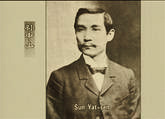 |
 |
 |
Dream of the Republic (2)
A Movement of Having Braids Cut |
|
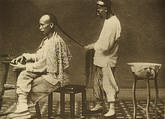 |
 |
 |
Dream of the Republic (3)
Winds in the Political Arena |
|
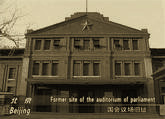 |
 |
 |
Dream of the Republic (4)
Harbinger of the Press |
|
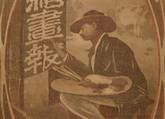 |
 |
 |
Dream of the Republic (5)
Taking on A New Look |
|
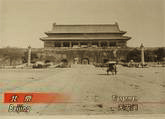 |
 |
 |
Dream of the Republic (6)
Industry and Commerce in the Early Days of the Republic |
|
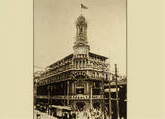 |
 |
|
|











